How to Optimize PVC Injection Molding for Maximum Efficiency and Quality
The manufacturing industry continually seeks methods to enhance productivity and quality, particularly in the realm of PVC injection molding. A recent report by MarketsandMarkets indicates that the global injection molding market is projected to grow from $233.8 billion in 2021 to $321.3 billion by 2026, signifying a compound annual growth rate (CAGR) of 6.7%. As a vital segment of this market, PVC injection molding plays a crucial role in the production of various plastic components, ranging from consumer goods to automotive parts. However, achieving maximum efficiency and output quality in PVC injection molding requires an in-depth understanding of the process and adherence to best practices. Optimization strategies, including precise temperature control, cycle time reduction, and the implementation of advanced machinery, are essential to meet the rising demand for high-performance and cost-effective PVC products. This article delves into key approaches to streamline PVC injection molding processes, ensuring both operational excellence and superior product quality.
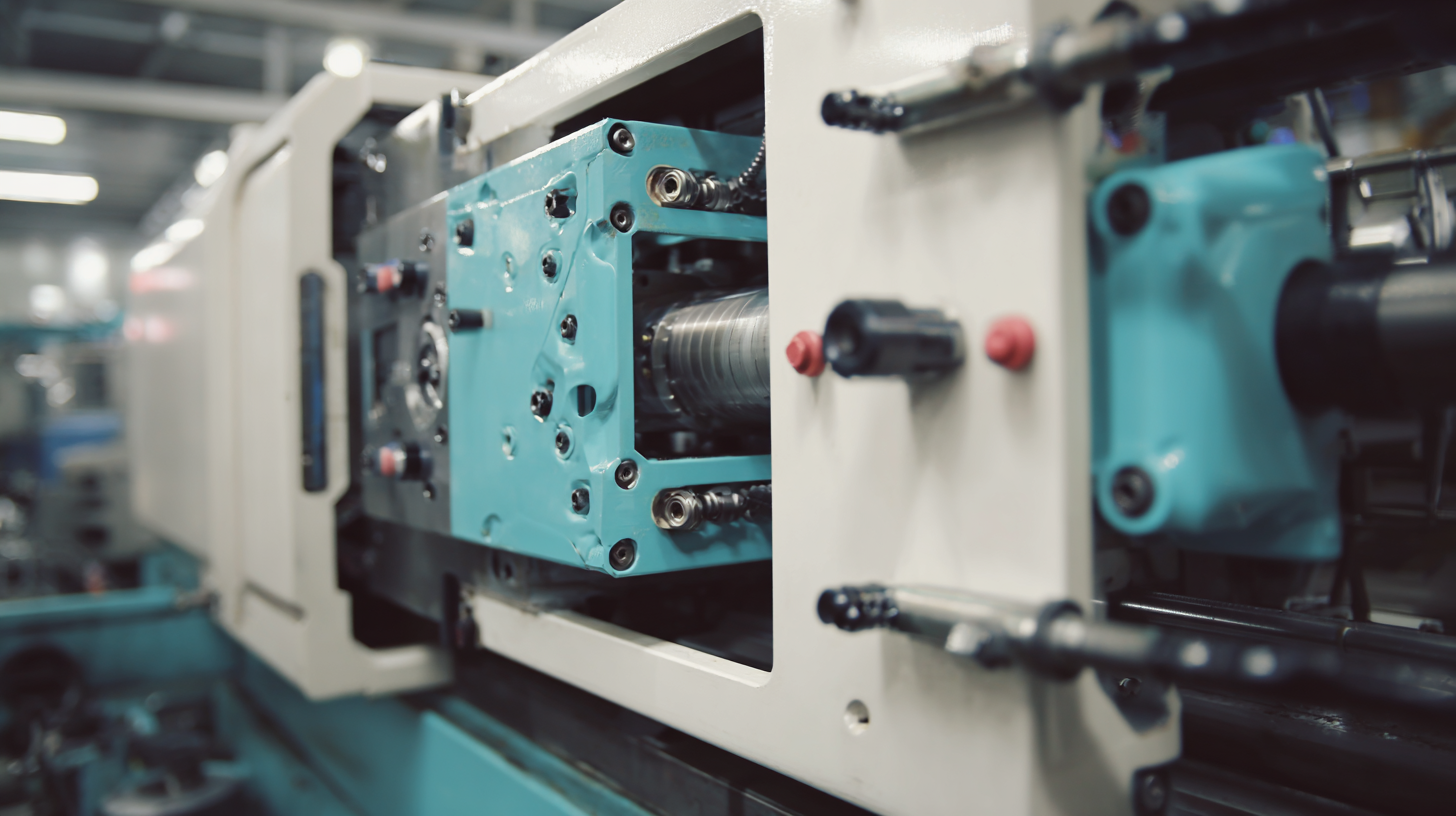
Strategies for Enhancing Cycle Time in PVC Injection Molding Processes
To enhance cycle time in PVC injection molding processes, manufacturers can adopt several strategies that improve efficiency and product quality. According to a report from the Plastics Industry Association, optimizing cycle time can lead to a reduction of operational costs by up to 25%. A well-designed mold can significantly shorten cooling times, which is critical in PVC injection molding due to the material's thermal properties. Investing in advanced mold technologies, such as conformal cooling channels, allows for more uniform temperature distribution, thus accelerating the cooling phase of the cycle.
Tips: Utilize predictive maintenance systems that monitor equipment health, which can prevent unexpected breakdowns that disrupt the production flow. Additionally, training operators on the latest techniques in process optimization can improve adjustment times and enhance overall process knowledge.
Furthermore, integrating automation in the cycle can lead to substantial improvements in speed and consistency. Automation systems can streamline material handling and part removal, allowing for minimal downtime between cycles. A study by the American Society of Plastics Engineers shows that implementing automation can increase cycle efficiency by as much as 30%. This not only boosts productivity but also ensures that quality standards are consistently met throughout the production process.
Optimization of PVC Injection Molding Cycle Time
Utilizing Advanced Material Science Techniques to Improve PVC Quality
Advancements in material science have revolutionized the PVC injection molding process, allowing manufacturers to achieve higher efficiency and superior product quality. By utilizing innovative materials and techniques, companies can significantly enhance the performance and durability of PVC products. For instance, the integration of additives like impact modifiers and thermal stabilizers can improve the resilience and longevity of the final products, addressing common challenges associated with traditional PVC.
**Tip 1:** Consider incorporating a formulation that includes specialized additives designed to enhance the flow properties of PVC during the injection molding process. This will not only facilitate smoother production but also reduce cycle times, leading to improved overall efficiency.
Moreover, the characterization of PVC materials through advanced techniques such as rheology and thermal analysis allows manufacturers to better understand how the materials behave under various conditions. By optimizing processing parameters based on this understanding, manufacturers can fine-tune their molding processes to maximize both quality and efficiency.
**Tip 2:** Regularly conduct trials using different processing temperatures and mold designs to identify the optimal settings for your specific PVC formulations. Small adjustments can yield significant improvements in production speed and finished product consistency.
Implementing Predictive Maintenance to Reduce Downtime and Increase Output
Implementing predictive maintenance in the PVC injection molding process can significantly minimize downtime and maximize production output. According to a report by the Aberdeen Group, manufacturers that use predictive maintenance experience 10% lower maintenance costs and 18% fewer unplanned outages compared to those that rely solely on reactive maintenance strategies. By utilizing advanced analytics and IoT sensors, companies can monitor machine performance in real-time, identifying potential failures before they occur. This proactive approach allows for more efficient scheduling of maintenance tasks, ultimately leading to enhanced productivity.
Furthermore, the advantage of predictive maintenance extends beyond mere cost savings; it also improves product quality. A study by McKinsey & Company highlighted that companies implementing predictive maintenance could boost overall equipment effectiveness (OEE) by up to 25%. This increase can be attributed to fewer production interruptions and the consistent operation of machinery at optimal levels. In PVC injection molding, where precision is essential for meeting quality standards, predictive maintenance ensures that equipment runs smoothly, enhancing the consistency and integrity of the molded products. By investing in such technologies, manufacturers not only optimize their processes but also position themselves competitively in an ever-evolving market.
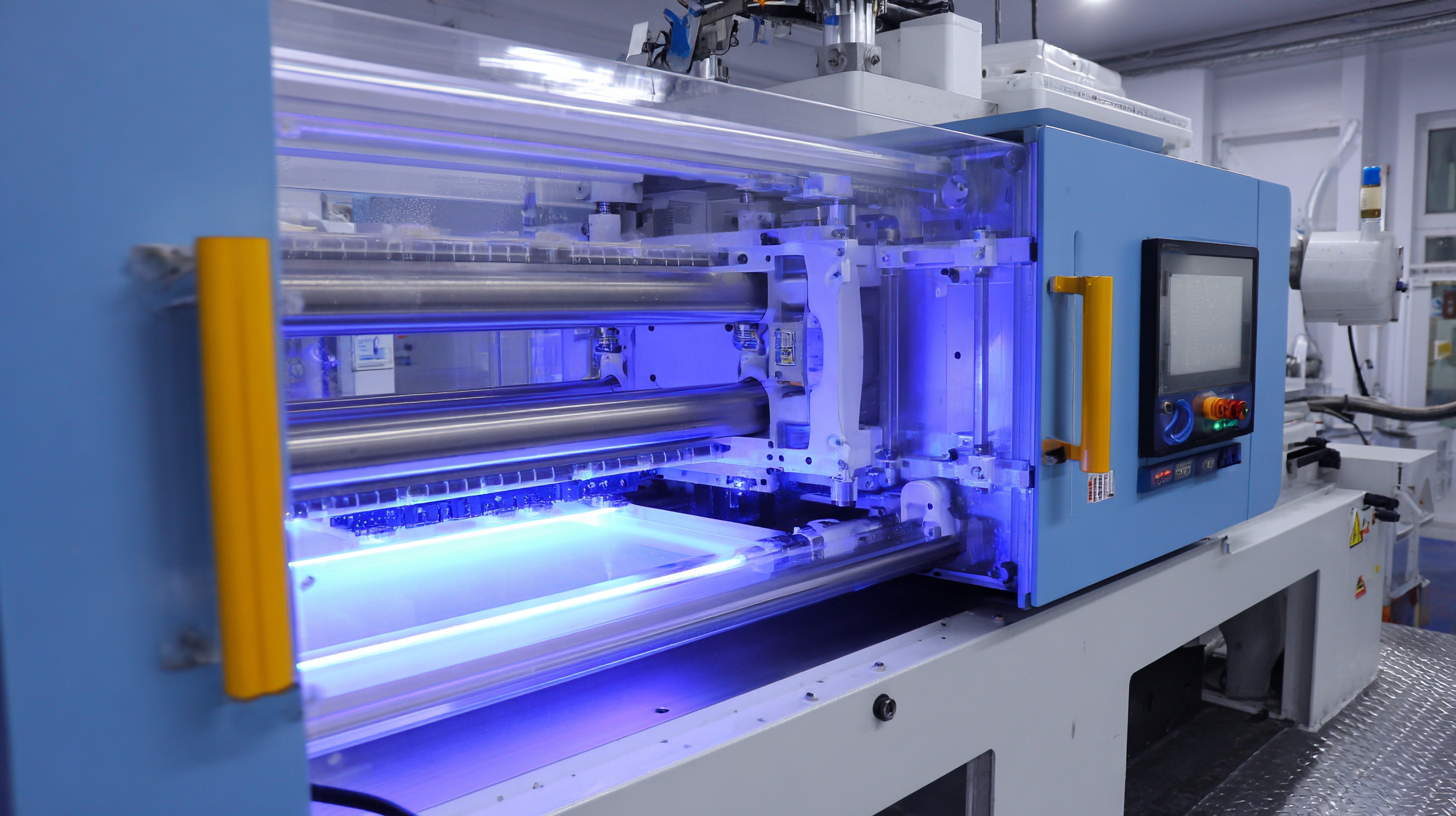
Analyzing Temperature Control Effects on PVC Injection Molding Efficiency
Temperature control plays a critical role in optimizing PVC injection molding processes. The temperature of both the mold and the material directly impacts cycle times, product quality, and the overall efficiency of the operation. When temperatures are too low, the PVC may not flow properly, resulting in incomplete filling of the mold cavities and defective parts. Conversely, excessively high temperatures can cause thermal degradation of the PVC, leading to discoloration and decreased mechanical properties.
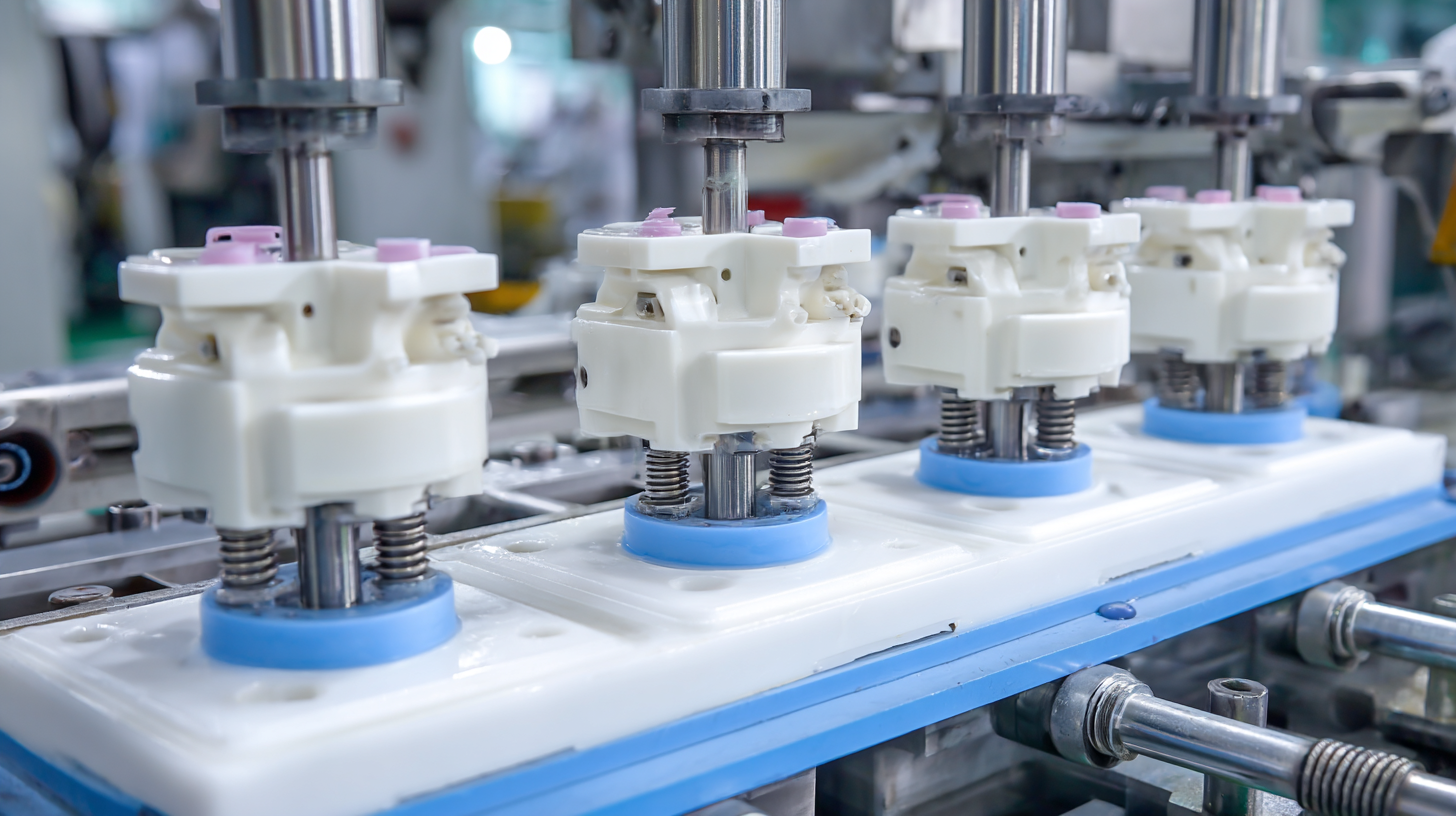
To achieve maximum efficiency and quality, it is essential to maintain optimal temperature ranges throughout the injection molding process. This can be accomplished by implementing precise heating and cooling systems that respond quickly to varying operational demands. By utilizing real-time monitoring and adjustments, manufacturers can minimize cycle times while ensuring that the molded parts meet the required specifications. Additionally, careful calibration of the temperature settings can lead to reduced scrap rates and lower material costs, ultimately enhancing the profitability of the PVC injection molding operation.
Adopting Automation and Robotics for Streamlined PVC Injection Operations
In the increasingly competitive world of manufacturing, adopting automation and robotics in PVC injection molding can significantly enhance operational efficiency and product quality. Industry reports, such as those from the Association for Manufacturing Technology, indicate that companies implementing robotic automation have seen productivity increases of up to 30%. This shift towards smart manufacturing allows for precise control over the molding process, reducing cycle times and minimizing material waste.
Furthermore, the integration of robotic systems enables real-time monitoring and adjustment of injection parameters, ensuring consistent quality across production runs. According to a report by Markets and Markets, the global robotics market in the manufacturing sector is projected to reach $90 billion by 2025, highlighting the growing trend of automated solutions in optimizing production lines. By leveraging these technologies, manufacturers can not only meet quality standards but also adapt more quickly to changing market demands, positioning themselves as leaders in the PVC injection molding industry.
How to Optimize PVC Injection Molding for Maximum Efficiency and Quality
| Optimization Area | Automation Benefit | Quality Improvement | Efficiency Metric |
|---|---|---|---|
| Material Handling | Reduced cycle time | Consistency in material feed | 10% faster processing |
| Mold Temperature Control | Automated temperature management | Reduced scrap rate | 15% lower defect rate |
| Cycle Time Optimization | Integration of robotics for part removal | Increased precision in timing | 20% cycle time reduction |
| Quality Inspection | Automated visual inspection systems | Higher accuracy in defects detection | Reduction in inspection time by 30% |
| Machine Setup | Standardized automation setup processes | Improved setup accuracy | Setup time cut by 40% |
Related Posts
-

Injection Moulding Process Challenges That Every Global Buyer Should Know
-
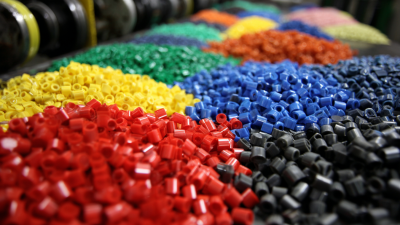
How to Choose the Right Injection Molding Materials for Your Project Success
-
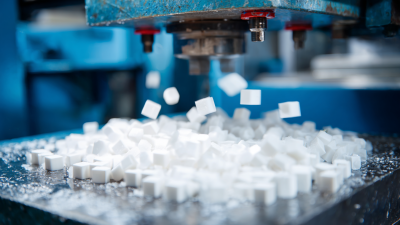
7 Reasons Why Polypropylene Injection Molding is the Best Choice for Your Project
-

Unlocking the Potential of Polypropylene Plastic for Sustainable Packaging Solutions
-
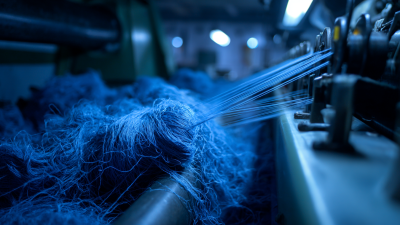
How to Optimize Your Production Process with Poly Plastic Solutions
-

How to Choose the Right Plastic Coating for Your Manufacturing Needs
